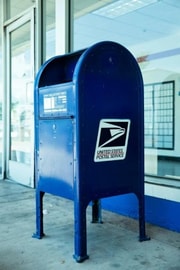Watch out: A doctor reveals little-known signs you’re moments away from a heart attack
By
Veronica E.
- Replies 0
Disclaimer: The information provided in this article is for educational purposes only and is not intended as a substitute for professional medical advice, diagnosis, or treatment. Always consult your physician or other qualified healthcare providers with any questions you may have regarding a medical condition or before making any changes to your health regimen.
When we think of a heart attack, many of us picture the dramatic scenes we’ve seen in movies—someone clutching their chest, gasping for air, and collapsing.
But in reality, heart attacks don’t always happen that way.
The early warning signs can be much more subtle, and many people overlook them until it’s too late.
If you’re over 60, staying informed about these lesser-known symptoms could make all the difference in protecting your heart health.
According to the Centers for Disease Control and Prevention (CDC), around 805,000 Americans experience a heart attack each year.
Unfortunately, many don’t recognize the warning signs before it happens.
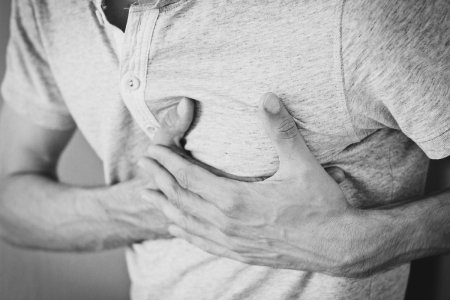
While most of us know about chest pain, dizziness, shortness of breath, and irregular heartbeat, there are other, less obvious symptoms that could indicate an impending cardiac event.
Dr. Bhavini Shah, a physician from Lloyd’s Pharmacy, recently shed light on some of these surprising signs.
Have you noticed unexplained swelling in your legs, ankles, or feet?
This could be a sign that your heart isn’t pumping as efficiently as it should.
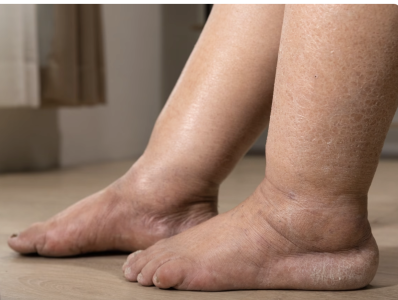
When the heart struggles to circulate blood properly, fluid can build up in the lower extremities, leading to swelling, puffiness, and discomfort.
In more advanced cases, fluid retention can also appear in the hands, face, or abdomen. If you notice persistent swelling, it’s worth discussing with your doctor.
Another unusual yet important warning sign is digital clubbing—a condition where the tips of your fingers and nails become rounder and appear swollen.
This happens when oxygen levels in the blood are low, often due to poor circulation.
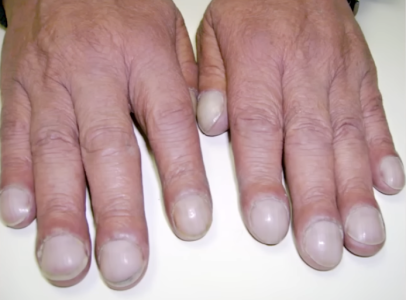
While this condition can sometimes be linked to lung disease, it can also be an indicator of underlying heart problems.
If your fingertips have changed shape over time, it’s best to get checked out.
Have you ever noticed a blue or grayish ring around the cornea of your eyes?
This condition, called arcus senilis, is caused by fatty deposits and is often associated with high cholesterol levels.
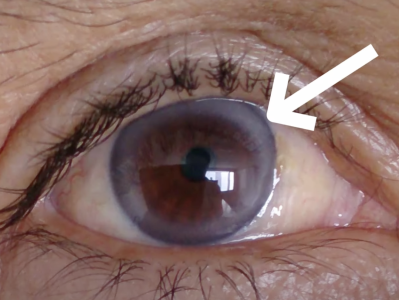
While it can be a normal part of aging, it may also signal an increased risk of blocked arteries and heart disease.
Studies show that this condition is common in about 45% of people over 40 and 70% of those over 60.
The good news? Heart disease is often preventable.
Simple lifestyle changes, such as maintaining a heart-healthy diet, staying active, managing stress, and keeping your cholesterol and blood pressure in check, can go a long way in keeping your heart strong.
If you notice any of these signs, don’t ignore them—speak with your doctor as soon as possible. Early intervention could be life-saving.
Being aware of these subtle symptoms isn’t just about preventing a heart attack—it’s about catching heart disease early before it leads to serious complications.
Ignoring these warning signs could put your health at risk, but taking action now can help you stay ahead of potential problems.
Read next: Reduce your kidney stone risk by 22%—are you missing this essential vitamin?

Have you or a loved one experienced any of these lesser-known symptoms? How do you take care of your heart health? Share your thoughts and experiences in the comments below. Let's help each other stay informed!
When we think of a heart attack, many of us picture the dramatic scenes we’ve seen in movies—someone clutching their chest, gasping for air, and collapsing.
But in reality, heart attacks don’t always happen that way.
The early warning signs can be much more subtle, and many people overlook them until it’s too late.
If you’re over 60, staying informed about these lesser-known symptoms could make all the difference in protecting your heart health.
According to the Centers for Disease Control and Prevention (CDC), around 805,000 Americans experience a heart attack each year.
Unfortunately, many don’t recognize the warning signs before it happens.

Could this subtle sign be a warning from your heart? Know what to watch for. Image Source: Pexels / freestocks.org.
While most of us know about chest pain, dizziness, shortness of breath, and irregular heartbeat, there are other, less obvious symptoms that could indicate an impending cardiac event.
Dr. Bhavini Shah, a physician from Lloyd’s Pharmacy, recently shed light on some of these surprising signs.
Swollen Legs: A Sign of Poor Circulation
Have you noticed unexplained swelling in your legs, ankles, or feet?
This could be a sign that your heart isn’t pumping as efficiently as it should.

Swollen legs? It could be more than just fatigue—your heart might be trying to tell you something. Image Source: YouTube / Dr. Andrea Furlan.
When the heart struggles to circulate blood properly, fluid can build up in the lower extremities, leading to swelling, puffiness, and discomfort.
In more advanced cases, fluid retention can also appear in the hands, face, or abdomen. If you notice persistent swelling, it’s worth discussing with your doctor.
Also read: Warning: What your feet reveal about your heart health
The Mysterious Case of Digital Clubbing
Another unusual yet important warning sign is digital clubbing—a condition where the tips of your fingers and nails become rounder and appear swollen.
This happens when oxygen levels in the blood are low, often due to poor circulation.

Notice rounded, enlarged fingertips? This subtle change could be a sign of poor circulation and heart disease. Image Source: YouTube / Violin MD.
While this condition can sometimes be linked to lung disease, it can also be an indicator of underlying heart problems.
If your fingertips have changed shape over time, it’s best to get checked out.
Also read: Boost your heart health with this high-protein snack secret!
A Fatty Halo Around Your Eyes
Have you ever noticed a blue or grayish ring around the cornea of your eyes?
This condition, called arcus senilis, is caused by fatty deposits and is often associated with high cholesterol levels.

A blue or grayish ring around the cornea? This "fatty halo" may indicate high cholesterol and an increased risk of heart disease. Image Source: YouTube / Dr. EyeGuy.
While it can be a normal part of aging, it may also signal an increased risk of blocked arteries and heart disease.
Studies show that this condition is common in about 45% of people over 40 and 70% of those over 60.
Also read: Is your toothache a heart attack warning? Discover these shocking signs you can’t afford to ignore!
How to Protect Your Heart
The good news? Heart disease is often preventable.
Simple lifestyle changes, such as maintaining a heart-healthy diet, staying active, managing stress, and keeping your cholesterol and blood pressure in check, can go a long way in keeping your heart strong.
If you notice any of these signs, don’t ignore them—speak with your doctor as soon as possible. Early intervention could be life-saving.
Being aware of these subtle symptoms isn’t just about preventing a heart attack—it’s about catching heart disease early before it leads to serious complications.
Ignoring these warning signs could put your health at risk, but taking action now can help you stay ahead of potential problems.
Read next: Reduce your kidney stone risk by 22%—are you missing this essential vitamin?
Key Takeaways
- Heart disease can present subtle symptoms such as swollen legs, changes in eye color, and swollen fingertips, which may be overlooked.
- Digital clubbing of the fingers can signify poor circulation and may be associated with heart disease, as well as other conditions.
- A blue or grayish ring around the cornea, known as a fatty halo, can indicate high cholesterol levels, which is a risk factor for heart disease.
- Edema, or swelling in the lower legs, ankles, and feet, suggests that the heart may not be pumping effectively and could be a warning sign of an impending cardiac event.
Have you or a loved one experienced any of these lesser-known symptoms? How do you take care of your heart health? Share your thoughts and experiences in the comments below. Let's help each other stay informed!




